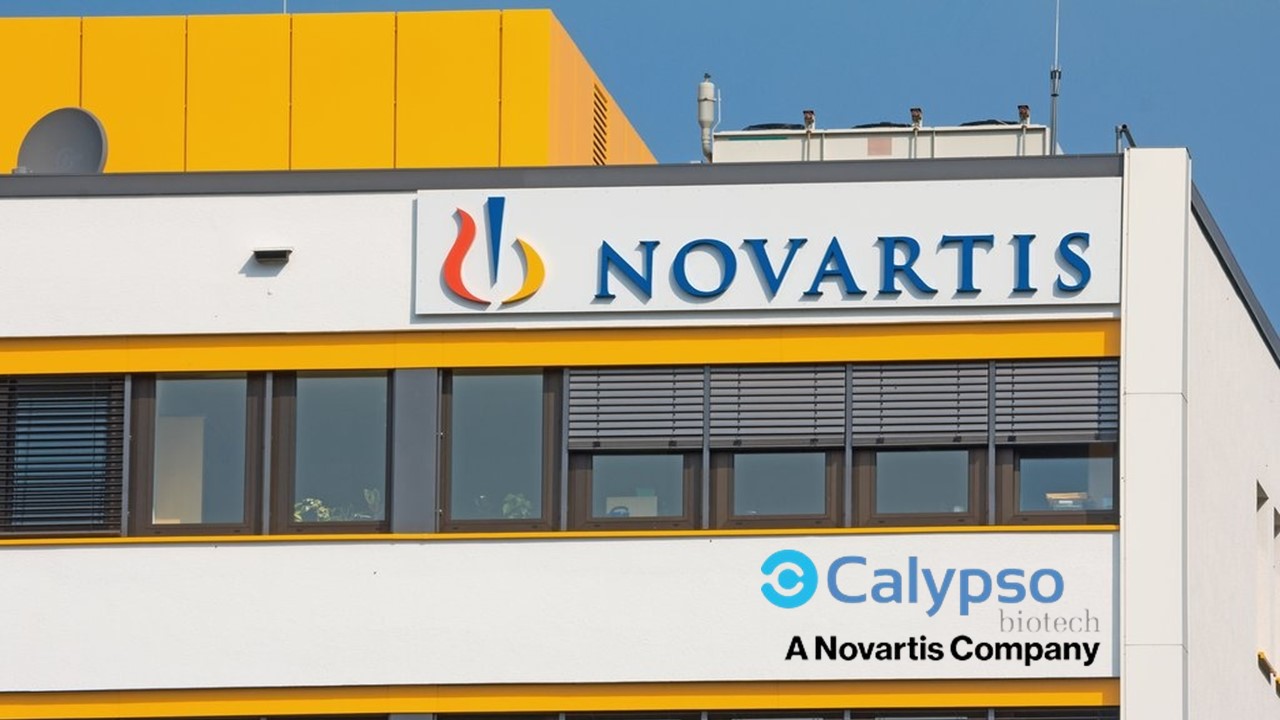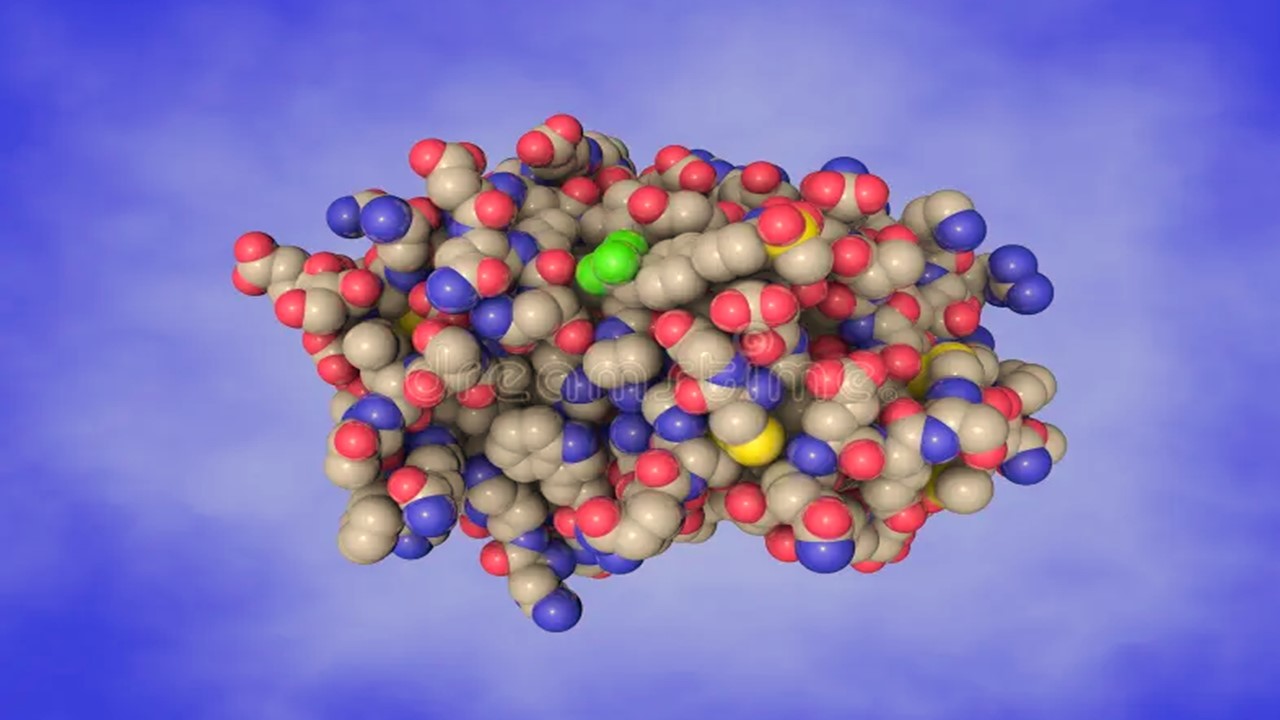In order to increase their invasiveness and favor metastases, cancer cells that are exposed to high viscosity environments change the way they move. These viscosity studies offer fresh areas to focus on when creating potential cancer treatments.
The Need for Comprehending Cellular Mobility
More than one billion cells make up the human body, which then link together to form the tissues and organs. While responsible for the composition of these semi-rigid structures, it is good to note that cells are actually dynamic structures that move around the body utilizing a variety of methods to transfer nutrients to other tissues or seal wounds.
Given that metastases are responsible for 90% of cancer-related fatalities, it is crucial to comprehend how cancer cells behave and travel in these constrained settings.
Metastases Peered at Double Teamed Magnification
Over the past six years, teams from the USA and Canada have collaborated with the labs of Drs. Konstantinos Konstantopoulos of Johns Hopkins University and Miguel A. Valverde of Universitat Pompeu Fabra – Barcelona (UPF) to understand how cancer cells use osmotic principles through mechanically activated ion channels – stimuli that deform cell membranes – to adapt their movement to various mechanical stresses and environments. The journals Nature and Nature Communications have published two publications based on the findings of this research.
They investigated how cells moved in three-dimensional mediums created using bioengineering techniques, which resembled the paths that cells naturally follow in human bodies, in order to answer these crucial concerns. High-resolution microscopy was used to pinpoint essential proteins inside the cell. Cell volume, ion movements, and electrical activity were also measured, and they assessed how the expression of certain genes crucial to the development of cancer changed.
Water as Cancer Cell Thrust
The multidisciplinary team discovered that cancer cells may travel in tight places by simply absorbing water at the leading edge of the cell and releasing it at the trailing edge in the first study, which was published in Nature Communications. They function like a hydraulic propeller and achieve this without creating molecular connections with the walls of the surrounding tissue. Dr. Miguel Valverde claims that cells can move around in limited spaces due to the straightforward movement of water from a cell’s leading edge to its following edge.
The sodium/proton exchanger (NHE1), an ion transport system that accumulates in cells’ leading edges and charges them with sodium to enhance osmotic pressure and facilitate the entry of water, makes it possible for this to occur in real life.
The SWELL1 protein is concentrated in the trailing edge of cancer cells simultaneously. Increases in cellular water content cause the SWELL1 chloride channel (also known as LRRC8A), which facilitates chloride and water ejection, to become active.
Cell mobility is made possible by the combined activity of these two ion transport systems on the leading and trailing edges. More significantly, the research demonstrates that the functioning of these two systems is crucial for the spread of cancer cells outside of blood arteries as well as for the initiation of metastasis.
A Counterintuitive Rheology
The researchers questioned if variations in the viscosity of the cellular environment could affect how cancer cells move and behave in the second study, which was published in Nature.
The resistance a fluid poses to objects moving in or alongside it is measured by its viscosity. Inert particles therefore travel more slowly in high viscosity media, according to logic and basic engineering principles.
High viscosity encourages tumor cell movement, invasion, extravasation (exiting from blood vessels), and lung colonization, which the researchers have now shown to have an effect that at first glance may appear counterintuitive.
Higher Viscosity Equals Better Mobility
Our body’s cells are continuously exposed to fluids with different viscosities. The aberrant protein breakdown or compression of the lymphatic vessels in some clinical circumstances, such as tumor growth, causes an increase in the local viscosity around the initial tumor. Additionally, as the disease spreads to other areas of the body, cells must pass through regions where interstitial fluids and blood, both of which have a higher viscosity than water, are present.
In earlier research, Valverde’s group showed that cells adjust to high viscosity conditions by activating a protein called TRPV4, an ion channel that makes it easier for calcium to enter the cell, which would otherwise be impossible because the lipid membrane that delimits the cell is impermeable to ions.
This all-to-familiar substance called calcium, then regulates a variety of cell processes when its concentration inside the cell rises.
Like Normal Muscular Physiology
In light of this context, the multidisciplinary team of researchers hypothesized that cancer cells exposed to high viscosity would use a similar method to increase their motility and dispersion. And while they were right, the mechanism that was discovered was startling because, from a molecular perspective, it was just as typical as how our muscles contract.
They found that when cancer cells were subjected to high viscosity, the protein actin, which is a component of the cytoskeleton and shapes the cell body, was the first biological component to respond. This starts a chain reaction of molecular events that culminates in the activation of the TRPV4 channel. The TRPV4 channel then starts a snowball effect of intracellular events that reinforces the cell cytoskeleton and activates motor proteins.
The Cancer Cell Does Lift
It’s interesting to note that with all of these modifications, the cells change their mode of migration and stop using water flow. To move more quickly in these circumstances, they make use of their cellular “skeleton and muscles,” as well as interactions with the surrounding walls.
Dr. Selma Serra, a co-author of the UPF study, compares the observed phenomena to the effect of working out for the cells, as if they had gone to the gym to train hard, i.e., under high viscous loads. Therefore, cells go from the source tumor to their final destination in distant metastasis and function better when they are physically taxed.
When Your Gym Rat’s also a Brainiac
Cells move more quickly not just when they are encircled by high viscosity fluids but also after having previously been exposed to such fluids and been removed from them, according to the study’s authors.
In other words, cells have the ability to recognize high viscosity, react to it, and even retain a memory of it!
Age of Enlightenment for Cancer Cell Biology
Cell culture media with viscosities similar to water are used for the great majority of studies in cell biology.
In the study directed by Dr. Konstantopoulos, they were able to offer preliminary definitions for how cells recognize and react to physiologically appropriate amounts of fluid viscosity that are often present in the bodies of healthy and ill people. Our preconceived notions about which cellular components are the first to respond to this type of mechanical stimuli had to be challenged in the defining of the molecular mechanism utilized by cells to adjust to changes in the viscosity of the medium.
A significant advance in our understanding of cell mechanobiology may be seen in the close coordination between the actin and myosin cytoskeleton, which serves as the cell’s structural framework, and the water and ion transport systems that control cell volume.
We Better Than Me
Dr. Valverde emphasizes the value of collaboration while explaining the significant advancement represented by the finding that cancer cells can develop memories in response to pre-exposure/pre-conditioning in high viscosities.
He claims that the two studies, each of which takes a different but complementary approach and allows for mechanistic elucidation, are evidence of the need for multidisciplinary collaboration among bioengineers, geneticists, theoretical biophysicists, cell biologists, and physiologists, particularly when it comes to complex phenomena like cancer metastasis.
Molecules to Market: Pharmacologic Implications of Viscosity Studies in Oncology
Despite their inability to come up with a proposal for a targeted molecular intervention to combat cancer metastasis, Valverde is optimistic that the cellular biology mechanisms revealed by the multidisciplinary research will undoubtedly open the door for new drug therapy targets for upcoming onco-pharmacologic studies.
Examining how primary tumors and cancer cells that expand from primary tumors react to regional variations in the body’s extracellular fluid viscosity as the disease progresses and during invasion into the tissue microenvironment would be very instructive. To solve this issue, it will be essential to develop and improve biosensors that enable the real-time detection of extracellular fluid viscosity as well as the imaging of cancer cells in living animals.
Subscribe
to get our
LATEST NEWS
Related Posts

Immunology & Oncology
Patterns, Profiles, and Patient Outcomes: AI in Oncotherapeutics
AI presents a beacon of hope in revolutionizing cancer management across various stages.

Immunology & Oncology
Novartis’ Strategic Acquisition of Calypso: A Game-Changer in Autoimmune Therapies
IL-15 therapeutics trailblazer Calypso announces a deal to be acquired by Novartis.
Read More Articles
Synthetic Chemistry’s Potential in Deciphering Antimicrobial Peptides
The saga of antimicrobial peptides unfolds as a testament to scientific ingenuity and therapeutic resilience.












